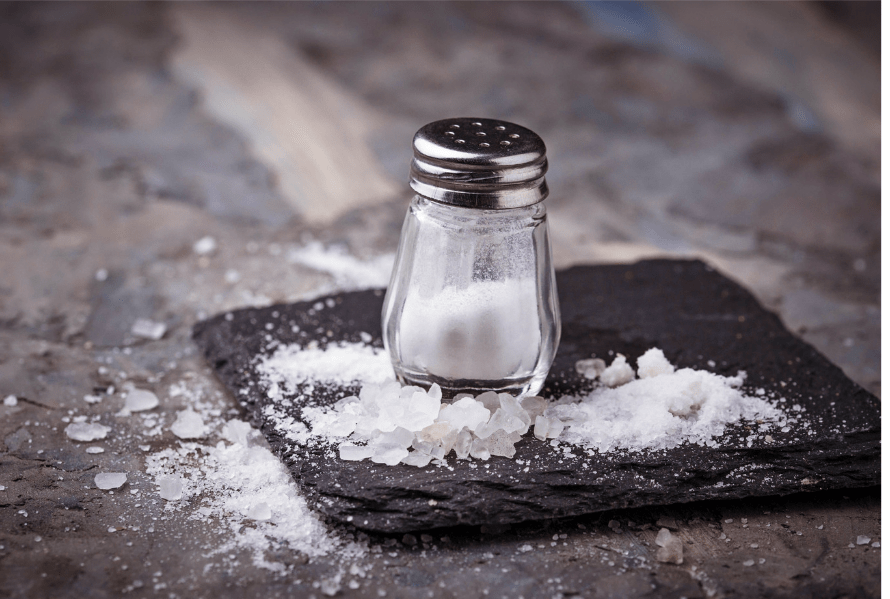Top Ten Surprising Sources of Sodium
Surprising salt levels found in foods we consume every day

Surprising salt levels found in foods we consume every day
You may want to pass on adding a sprinkling of salt during your next meal. Chances are what you’re about to eat is already packed with sodium, even if it doesn’t taste particularly salty.
More than 70 percent of the sodium Americans consume every day comes from processed and restaurant foods, according to the Centers for Disease Control and Prevention.
“Usually when I tell a patient that they should go on a low salt diet, they tell me they already are, but they’re probably not,” says Kimberly Harper, MD, a nephrologist at Scripps Clinic. “They don’t realize how much of it is already in their food.”
Where is all of this sodium coming from? The sources may be surprising. More than 40 percent of the sodium we eat comes from 10 types of food, according to the CDC. They are:
- Breads and rolls
- Pizza
- Sandwiches
- Cold cuts
- Soups
- Burritos and tacos
- Savory snacks including chips, popcorn, pretzels and snack mixes
- Chicken
- Cheese
- Eggs and omelets
The rise in sodium-laden meals is due largely to the increase in processed foods. Various forms of salt are used as preservatives to maintain the freshness and flavor. While pre-packaged and processed meals add convenience, they also add a tremendous amount of salt to the average American diet.
Americans consume an average of 3,400 milligrams (mg) of sodium each day, higher than the 2,300 mg per day limit recommended, according to the CDC. For adults with health conditions, such as hypertension, the recommended limit is less than 1,500 mg per day.
The hidden dangers of hidden salt
“For some people, a high salt diet doesn’t pose an immediate concern. But there are a lot of people who could develop serious conditions from eating too much salt, and they may not even know it,” notes Dr. Harper.
“As we get older, we are more prone to developing high blood pressure, also called hypertension. It’s called the silent killer because it has no symptoms and it‘s a big risk factor for heart disease, strokes, kidney disease and ultimately death. A diet high in salt can also increase the risk for osteoporosis, kidney stones, and exacerbate heart failure.”
In addition to contributing to hypertension, eating a lot of salt can make blood pressure medications less effective. Reducing the salt can reduce the amount of prescription medications, which means lower costs and fewer risks for side effects.
A low salt diet means more than skipping the salt shaker
“Reducing the amount of salt you eat starts with getting rid of the salt shaker,” says Dr. Harper. “But that’s not enough. People need to be aware of where the salt is coming from by reading labels and reducing or eliminating those foods. It helps to cook more fresh vegetables and meats at home and use things like spices, garlic, lemon and other flavors instead of salt.”
At first, a drastic reduction in salt may make food seem tasteless. Fortunately, taste buds adapt to a level of salt, so after two or three weeks, food will start having flavor again. This also means that previous, high-salt foods will start to taste too salty.